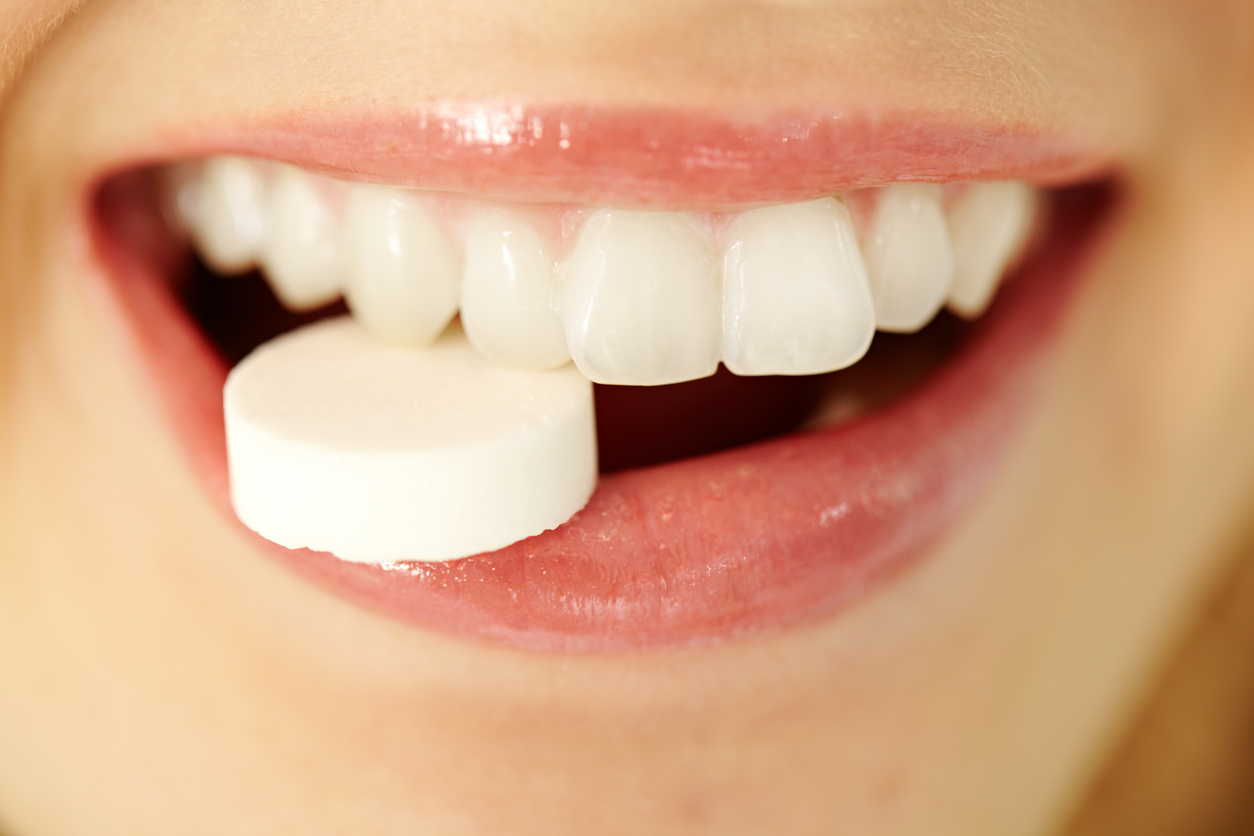Today, the FDA finalized a draft guidance that issued on June 16, 2016 titled Quality Attribute Considerations for Chewable Tablets (here). The document provides advice to sponsors of NDAs, ANDAs, some chemistry supplements, INDs, and manufacturers of non-application chewable products on the critical attributes that should be identified and quantified for chewable immediate release tablets.
In its draft, the Agency identified “the Chewing Difficulty Index (CDI), a new quality attribute concept that was developed internally and findings were published in a peer-reviewed journal.“ The Federal Register notice announcing the finalization of the guidance (here) noted that the FDA “received comments primarily seeking clarity on how this new parameter would be assessed during regulatory review. The Agency provided additional clarifications in this guidance whereby sponsors and/or applicants would accrue CDI data during drug product development and submit it in their applications.”
The FDA describes the ideal chewable tablet in the guidance as a product that is:
- Easy to chew
- Palatable (taste masked or of acceptable taste)
- Of appropriate size and shape
- Able to disintegrate readily to facilitate dissolution
And further describe the critical quality attributes as:
- Hardness
- Disintegration time
- Dissolution
There are additional attributes that relate to patient acceptance of the product (e.g., mouth feel and other sensory characteristics).
The guidance identifies two types of chewable tablets that are described in the USP, those that may be chewed and those that must be chewed. The guidance provides the following labeling advice for each type of product as follows:
- The text “[DRUG] Tablets” will be used for tablets that MAY be chewed or swallowed in their entirety. The labels and labeling for these products will also include a statement indicating that the tablets MAY be chewed.
- The text “[DRUG] Chewable Tablets” will be used for tablets that MUST be chewed and for which there is no alternative route of administration. The labels and labeling for these products will also include a statement indicating that the tablets MUST be chewed.
Appendix I of the document provides information to be collected relative to the CDI and Appendix II gives information on the Simulated Salivary Fluid Composition that should be used. Lots of good stuff in the guidance for those of you contemplating submitting a chewable tablet in an application or a non-application OTC product. It is essential that you have a good working understanding of these principles.




